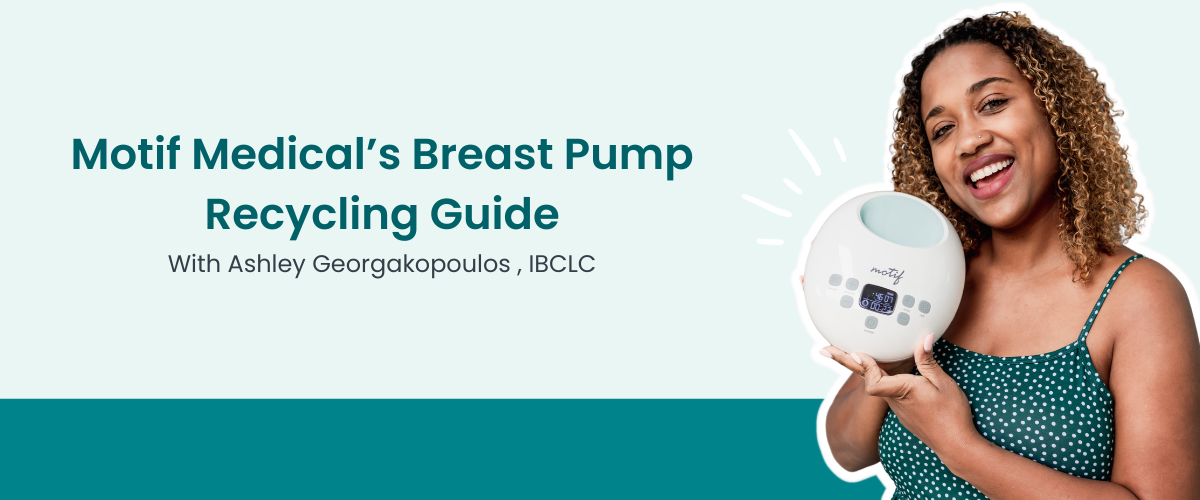We have covered what makes a comfortable breastfeeding position, their names, and what the positions look like. Regardless of the preferred position, the mechanics of the latch stay the same!
- Tummy to mummy
- Nose to nip
- Flex the hips to open the lips
Setting Up for an Effective Breastfeeding Latch
Achieving a good latch supports the milk supply so the baby gets enough milk for the duration of the breastfeeding journey, minimizes sore nipples and clogs, and also helps the baby get more of a “complete” feeding, drawing out the fattier components of breastmilk. Painless and comfortable feeds, along with listening for steady and rhythmic gulping and breathing, watching for the roundness of cheeks, and ears wiggling are more ways to watch for evidence of an effective latch.
A good latch requires the baby’s mouth to be open wide, taking in not just the nipple, but as much of the surrounding areola, as well. Lips should be flanged out, like “fish lips,” the wet side of the lips forming a vacuum seal so the baby needs only focus on swallowing every so many beats. If the top or bottom lips curl in or under, a vacuum seal cannot be achieved. This can lead to harder suction required to draw milk out, as well as rub blisters on the nipple and the lips.
For optimal latching, we want the baby’s head to be in alignment with their neck, back and shoulders, squared up in a way that faces the mother. This means not holding the baby like you would for bottle feeding, where the baby would have to turn their head sideways to attach to the breast. Any neck-turning or kinking in the baby’s neck will cause the muscles in the neck to tense. These muscles are connected to the muscles in the mouth and face, so we want them working to their optimal potential to improve latch-on and swallowing.
This is an exercise I use in breastfeeding classes. I have the parents face straight forward and swallow, then turn just their head and neck and try swallowing. Try it! Which is easier?
What a Good Latch Will Look Like
When the baby latches on, the baby’s chin needs to be free to move in a rocking position, back and forth. We can achieve this mobility by aiming the baby’s nose at the nipple, versus trying to aim their mouth. Babies have an instinct to open wider when they feel the pressure at their nose. They also tilt their back, which opens up the positioning to have full range of movement for the desired rocking motion we want for latching and drinking.
Avoid making them reach for the nipple. We have the urge to see what we are doing, and want to play “attach the baby” before bringing them in close and settling in. This is not ideal, as not only is turning the head to latch difficult, but so is reaching and craning the neck. Hug them in close!
Bring the baby in to feed, arms free from swaddling, and make sure their entire body is facing you. Aim their nose right at the nipple, and hug them in close, minimizing space between your bodies. This is for any breastfeeding positioning i.e. cross-cradle, football hold, side-lying, etc.
Once latched, the mother can actually watch for this rocking motion by looking at their baby’s ears, which should be wiggling up and down from this motion. Its also a great sign that the tongue is moving in a wave-like motion, which is optimal for suckling and swallowing with less choking and energy expenditure.
A suckling motion that is more vertical and less rocking means the latch is shallow and predominately on the nipple. This is a recipe for sore nipples!
Signs of a Poor Latch
- Nipple Pain
- Baby is choking on the milk flow
- Clicking or popping sounds while breastfeeding (or even bottle feeding!)
- Baby’s lips are not flanged out
- Cheeks dimple in while nursing
- Upper lip has a blister
- Slow or no weight gain; weight loss past the initial 10%


Possible Obstacles to Achieving a Good Latch
- Poor or not ideal positioning
- Ankioglossia, aka “tongue tie”
- Lip ties
- Prematurity
- Fatigue (in the baby, ie jaundice)
- Inverted nipples
- Engorgement, typically caused by poor latching and insufficient milk removal, vicious cycle
- Mastitis (typically an accompaniment or result of engorgement)
- Large breasts
While these are “obstacles,” they are not sealing the deal on not having a functional breastfeeding journey. Healthcare professionals, including nurses, lactation consultants, pediatricians, and NICU staff can help mothers facilitate and navigate these various obstacles. They can and should have breastfeeding training, and empower mothers having difficulties to seek the appropriate resource. Nipple shields should be used sparingly and with intent on providing an end-goal and plan of action.
Breastfeeding Support
Developing a care plan that has an achievable end goal is the first step. This may look like a breast pump regimen to soften the breasts and prime the nipples for easier latching, correcting oral anomalies, such as tongue and lip ties to free up the movement potential, or even something as simple as practicing proper nursing positions and trying different positions with the help of an IBCLC can be steps to improved latching. Care plans and goals will differ depending on the obstacle, severities, and risk potentials. The good news is almost all obstacles can be overcome with timely and adequate support!









